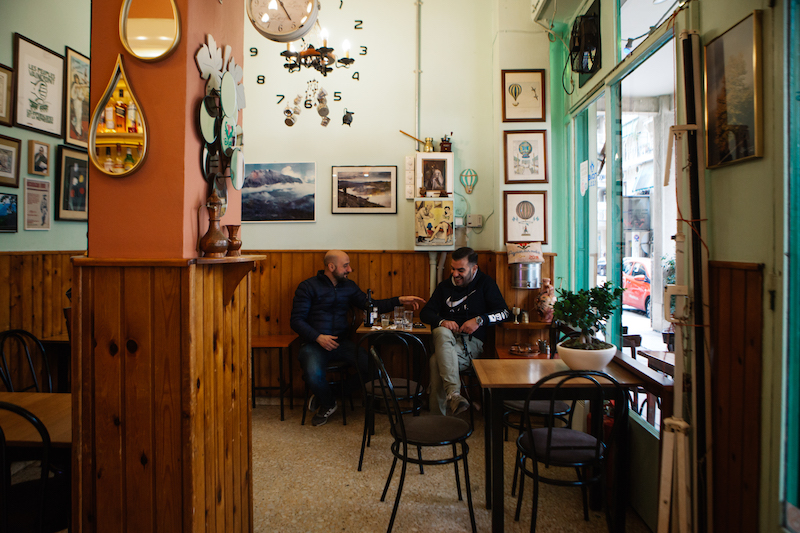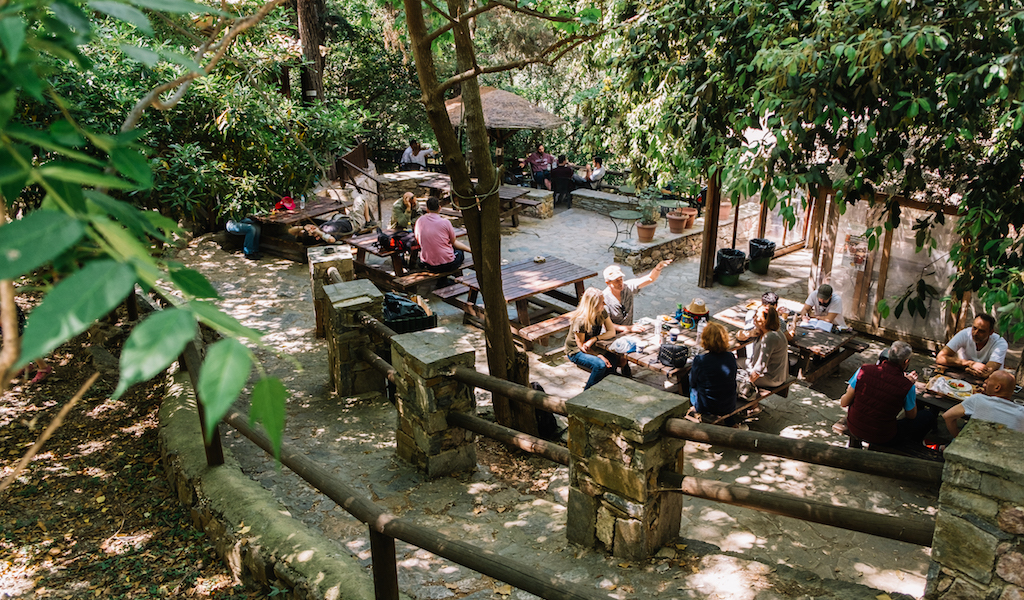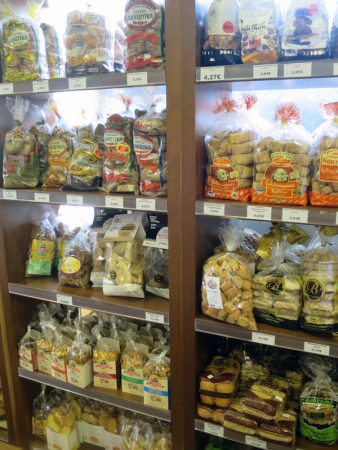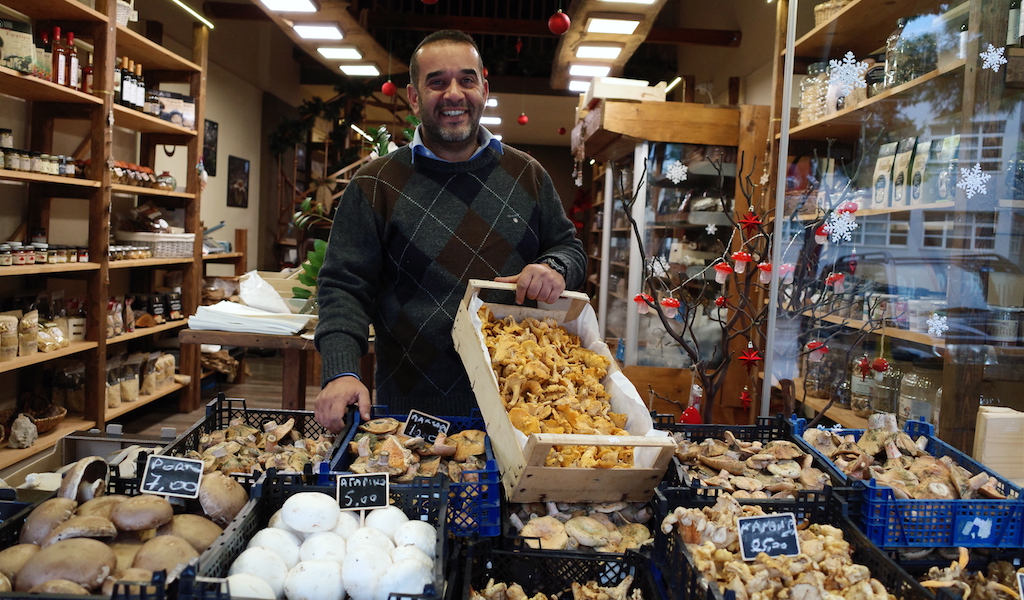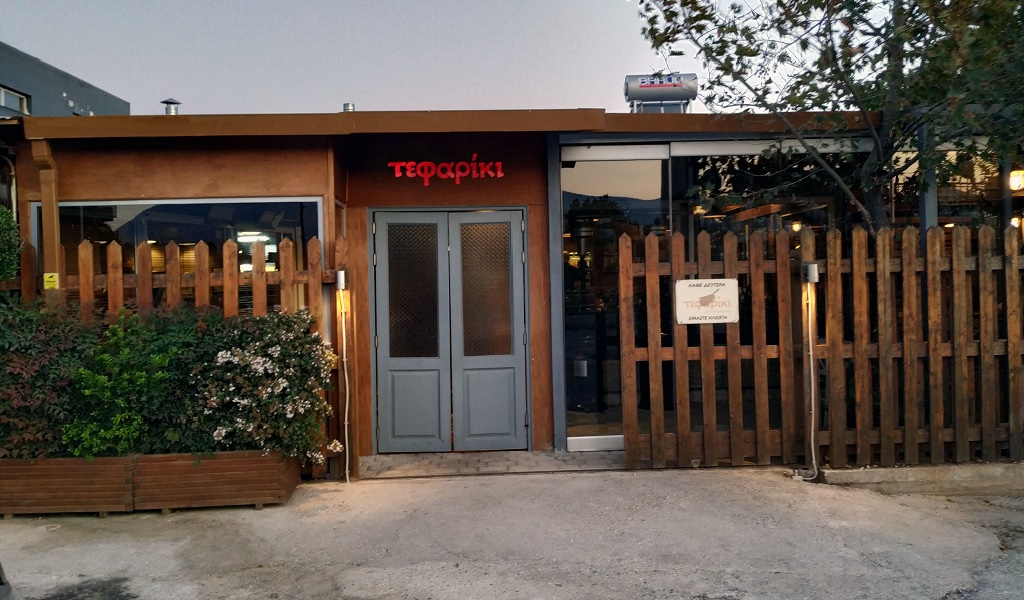We can't find the internet
Attempting to reconnect
Something went wrong!
Hang in there while we get back on track
Search results for "Johanna Dimopoulos"
Athens
Agriolouloudo: A Coffee House For All
Introduced during Ottoman times, the kafeneion – the old-fashioned kind of coffee house – has long been a fixture in Greece. By 1860, Athens already had more than 100 establishments that were serving what has been called both Greek coffee and Turkish coffee (name debates aside, we can all agree that it’s more or less the same thing, a small cup of strong coffee with a thick sludge at the bottom). They were (and still are) the domain of men, who would congregate there to talk politics and socialize over coffee as well as more substantial fare, usually simple meze and ouzo or tsipouro. Although the traditional Greek kafeneion still exists in many Athenian neighborhoods, it’s slowly dying out.
Read moreAthens
Building Blocks: Greek Whole Grain Tahini, and the Artisans Behind It
After a year spent refining the art of stocking, and then cooking from, our pantry – what else to do when cooped up at home? – there’s one ingredient that we are eager to evangelize about: tahini, the paste made from grinding roasted sesame seeds. It has a lot going for it: Tahini has a long shelf life, is packed with calcium, iron and Omega 3 and 6 fatty acids, and is a good source of energy. In fact, tahini has seen a comeback lately, as part of the greater attention being given to plant-based diets, together with all the various nut butters and non-dairy milks.
Read moreAthens
Kalopoula Refreshments: Urban Oasis
Athens’ image as a concrete gray city with few green spaces and a lot of traffic might be hard to shake. But would you believe only 6.5km away from the bustling city center lies a beautiful, lush forest with ancient paths and Byzantine monuments – and a little canteen where you can enjoy lunch near an ancient spring? In the forest, a 30-minute walk from the Kaisariani cemetery and off the Kaisariani Monastery loop trail is a bustling picnic area and ancient spring, a well-kept secret of Athens. Come here to seek a rare moment in city life: either snacking on a wooden bench by the water, under the trees awakened by a gentle breeze or at one of the tables and chairs under grass umbrellas by a tiny stone building that serves as the forest’s canteen, Kalopoula Refreshments.
Read moreAthens
Building Blocks: Paximadia, the Ancient Wonder Bread
If you happen to wander around a Greek supermarket or visit a Greek bakery, you will notice that there is always a section dedicated to paximadia (paximadi in the singular) of various shapes and sizes piled high or wrapped in cellophane bags. At first glance, they look like nothing more than slices of stale bread. So it can be surprising to learn that paximadia (or rusks), once a peasant food found in the poor areas of Greece, are greatly loved all over the country, with many different types available for purchase: from large rustic looking thick slices to small bite-sized “croutons.”
Read moreAthens
Agriolouloudo: A Coffee House For All
Introduced during Ottoman times, the kafeneion – the old-fashioned kind of coffee house – has long been a fixture in Greece. By 1860, Athens already had more than 100 establishments that were serving what has been called both Greek coffee and Turkish coffee (name debates aside, we can all agree that it’s more or less the same thing, a small cup of strong coffee with a thick sludge at the bottom). They were (and still are) the domain of men, who would congregate there to talk politics and socialize over coffee as well as more substantial fare, usually simple meze and ouzo or tsipouro. Although the traditional Greek kafeneion still exists in many Athenian neighborhoods, it’s slowly dying out.
Read moreAthens
Manitarion Gefseis: Fungus Funhouse
Despite the image that Greece wants to sell the world as a holiday destination of eternal summer with beautiful beaches and clear water, the fact remains that it is a very mountainous country – almost a third of Greek land consists of hills and mountains. Most are forested, hosting a great diversity of ecosystems that offer fertile ground for mushrooms in particular. That said, mushrooms don’t feature prominently in traditional Greek dishes, and many people avoid them altogether, even the common cultivated varieties, from fear of getting sick. For many, meanwhile, mushrooms don’t evoke the best memories: During the 70s and 80s, the tinned variety was mainly used in cooking, as fresh cultivated mushrooms were rare and expensive.
Read moreAthens
Tephariki: Road Grill
Few places conjure more vivid images of delicious, cult meat consumption than Vari, a southern suburb of Athens, particularly the neighborhood of Vlahika. How, exactly, Vari became a meat-eating paradise goes back to members of the nomadic Sarakatsani tribe, who used to move their herds from the neighboring mountains of Parnitha and Penteli to spend the winter in this area, with its milder clime. In 1917, a few Sarakatsani families decided to make Vari their permanent residence. Later down the line, in 1962, Christos Goulas opened the first butcher-taverna called Tseligas (the name for a sheep herder) on Varis Koropiou Avenue (now called Eyelpidon, it’s one of the main drags in town).
Read more